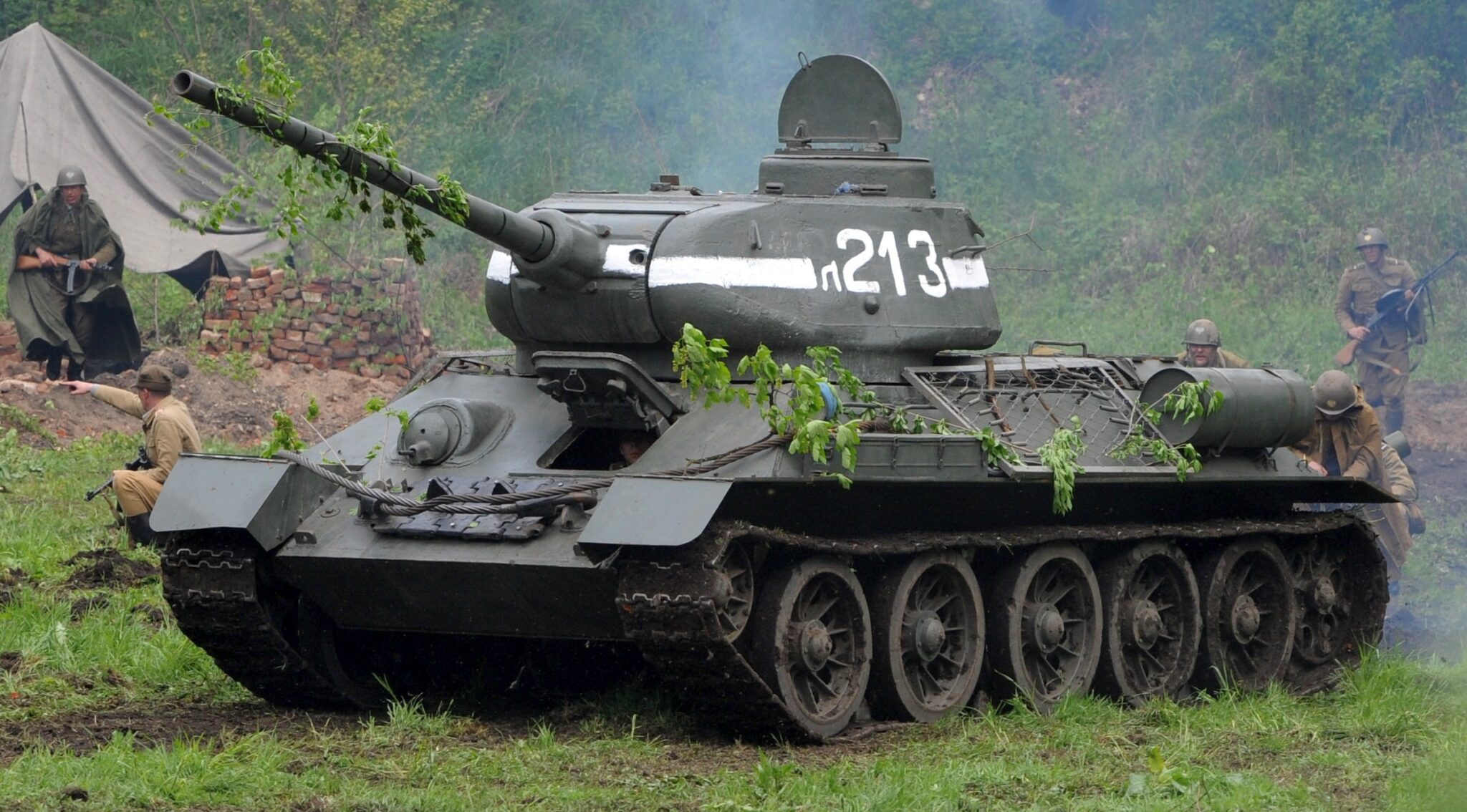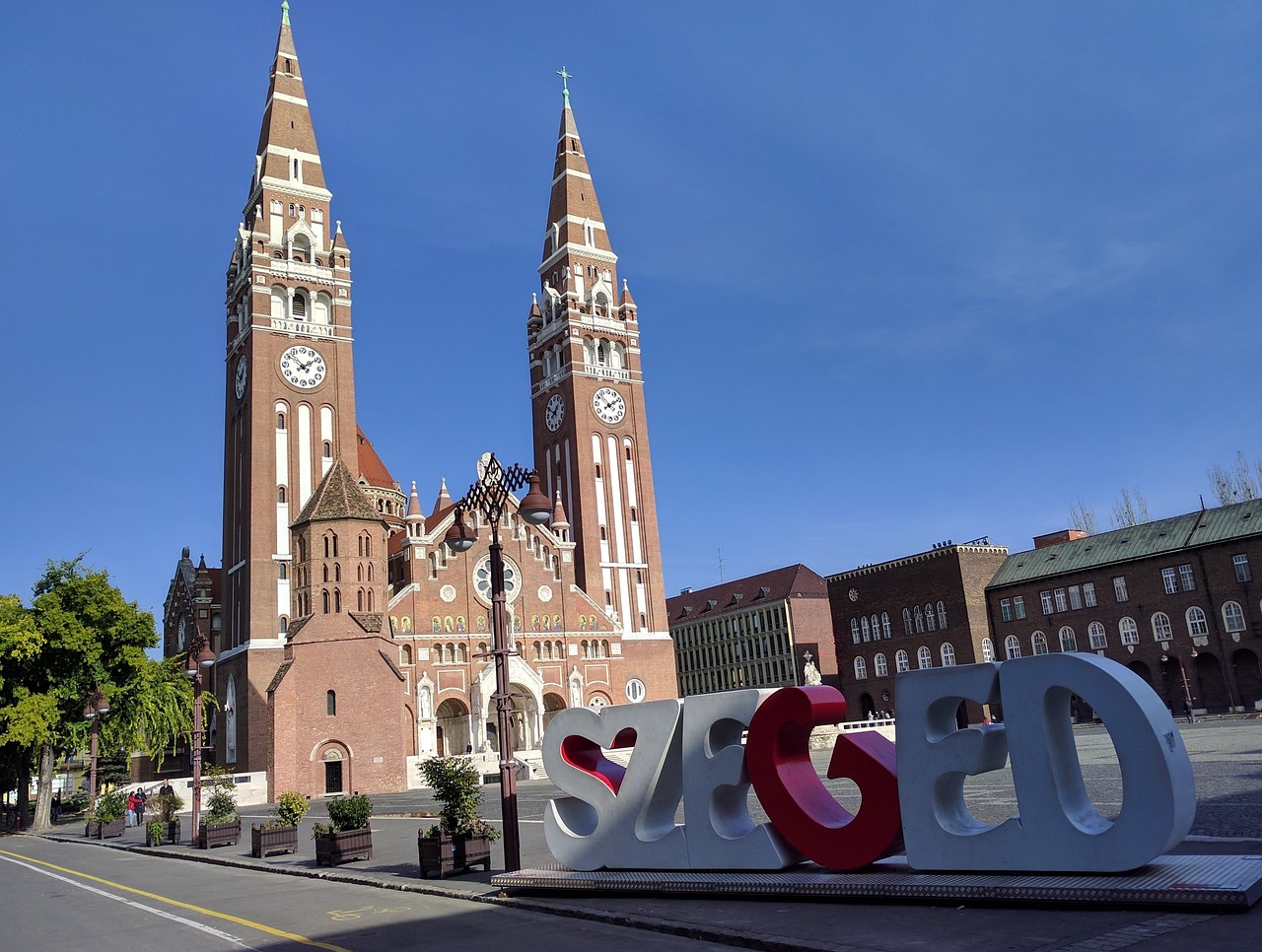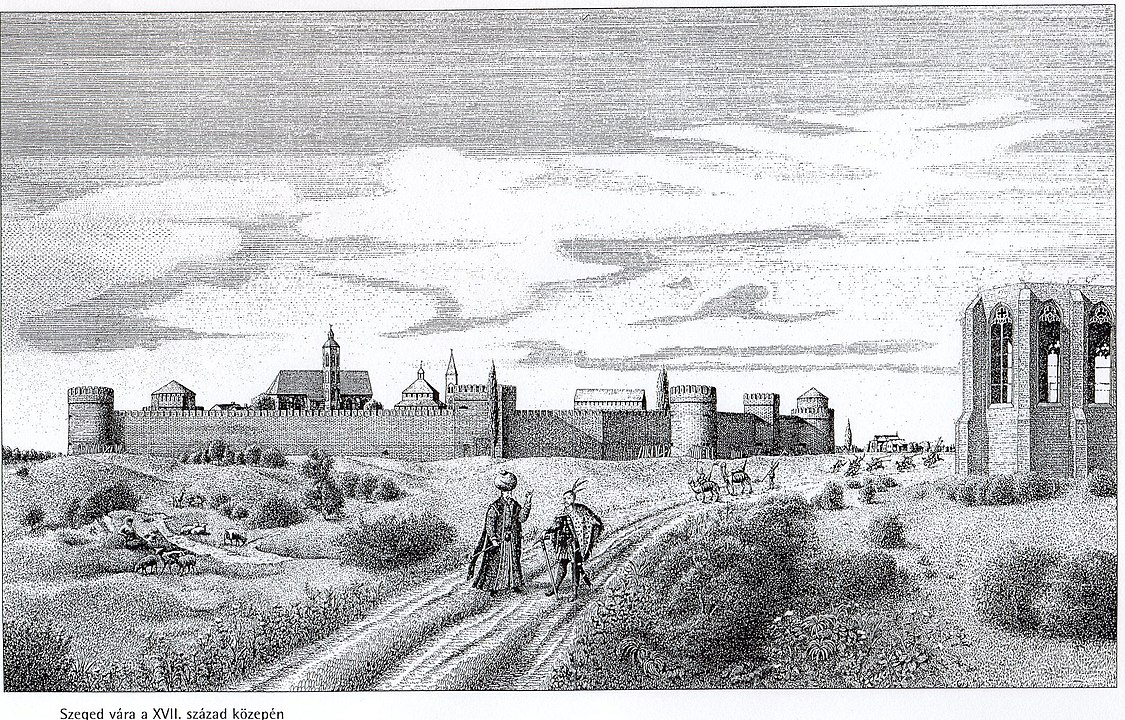
Recovering the vehicle, located at a depth of 21 meters in the riverbed, is neither cheap nor easy.Continue reading

Archaeological excavations are about to begin in Szeged’s Dóm Square (southern Hungary), with the aim of gaining a better understanding of the city’s medieval settlement structure.
Zsuzsanna Löffler, head of the excavation and archaeologist-museologist at the Móra Ferenc Museum, said that excavations had been carried out on Dóm Square several times before, first in the 1920s, and then before the renovation of the cathedral.
The central part of the city was a castle and the adjacent Palánk “district,” the ancestor of the Szeged city center in the Middle Ages.
Dóm Square is located in the heart of the medieval part of the city, and there has always been a church on this site. On roughly the opposite side of the square from the Tisza river ran Nagy Street, and on the other side St. Demeter Street.
Descriptions and former excavations have revealed that the first church was built in the 11th century, followed by the Dömötör Church around the end of the 12th century, which was rebuilt several times over the centuries. The remaining part of this church is the Dömötör Tower, which still stands today. Next to the church was the medieval cemetery of the town, the expert said.

The Castle of Szeged in the 17th century. Photo: Wikipedia
Little is known about the exact structure of the medieval city, however, because the Great Flood of 1879, destroyed almost everything.
The first authentic depictions of the city date back only to the 17th century. Information is available from earlier descriptions and from various documents, such as tithe registers,”
the museologist explained.
No comprehensive excavation has ever been carried out in the square. The work will have to adapt to the existing utilities and the fact that the square is used for events for a large part of the year. In the next few days, two 30-35 square meter excavation trenches will be opened in the paved part of the square, noted Löffler.
One of the excavation sites is planned to uncover the cemetery of the Dömötör Church, while the other will be the location of the crossing of Nagy and St. Demeter streets.
The direction of further works will be planned based on the results of the excavations, said the archeologist.
Via MTI, Featured image: Pixabay